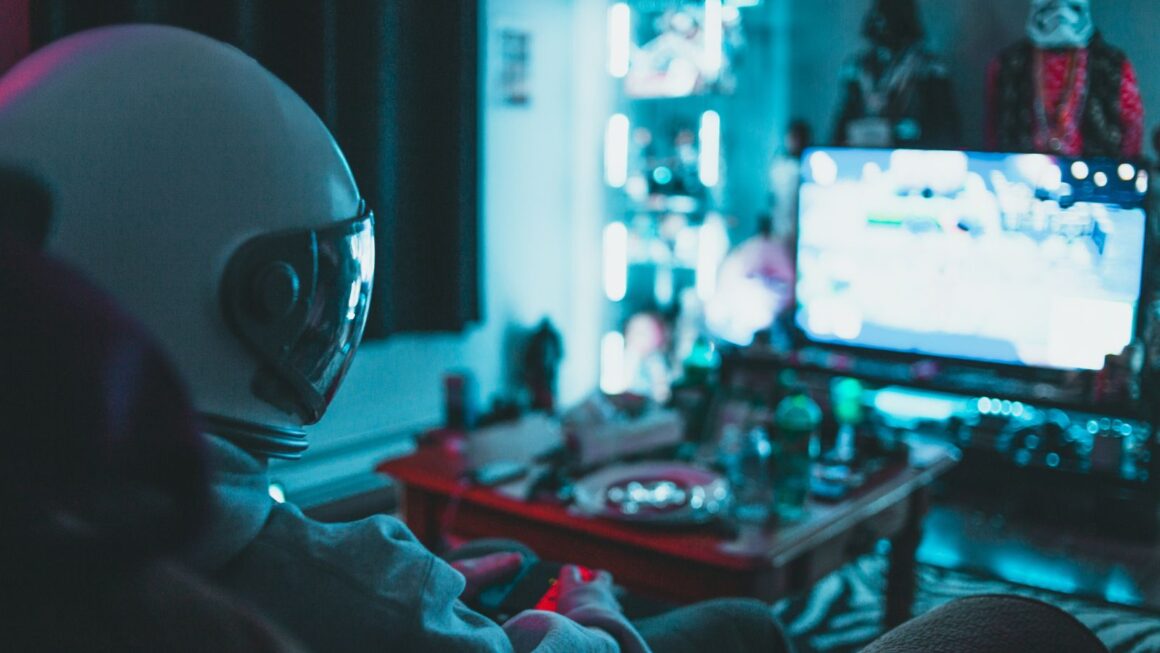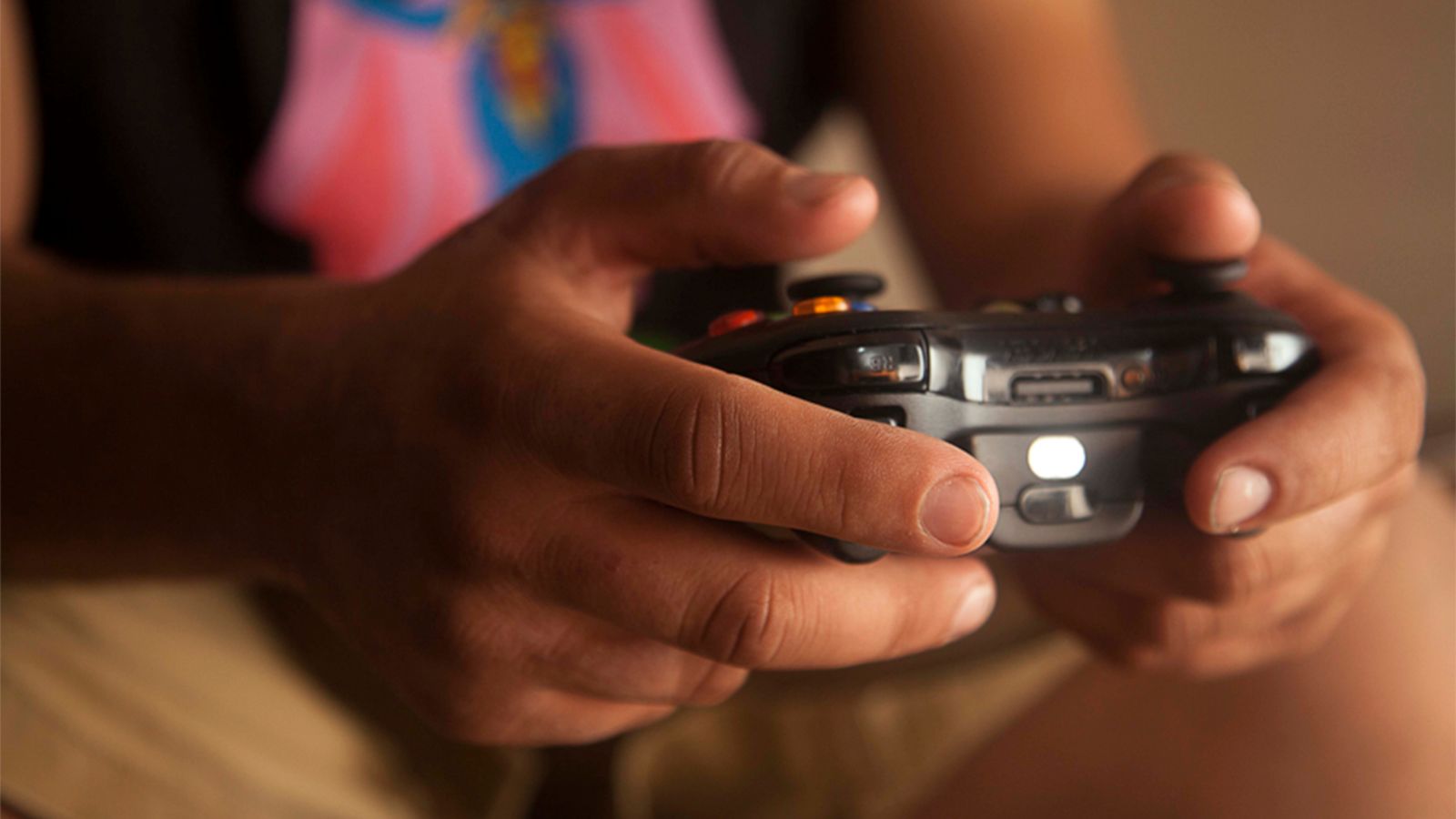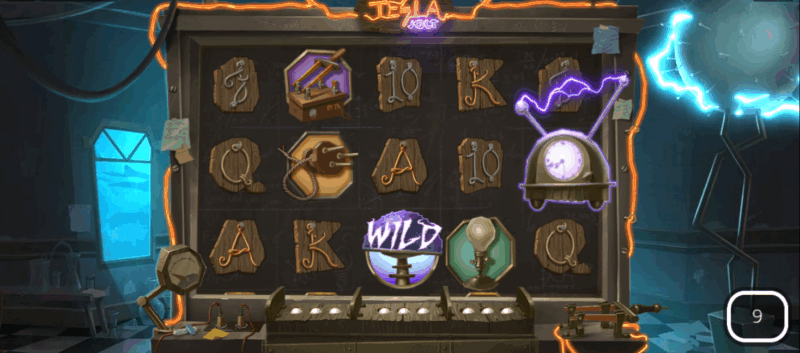The Psychology of Risk and Reward in Competitive Gaming

Competitive gaming makes hearts race and palms sweat. Whether a teen grinding ranks in a shooter or an adult chasing glory in a card battler, every match asks the same silent question: how much risk is worth the possible reward? To answer, players borrow lessons from many places. Many players explore online casino portals like https://najboljsaspletnaigralnica.si/casino/fambet-casino to study quick reviews, hoping to understand odds, streaks, and tilt before entering a tournament lobby. The thinking brain wants solid numbers, yet the feeling brain pushes for bold moves. This tug-of-war shapes drafting choices, hero picks, and even when someone decides to “all-in” during the final moments of a game. By looking at human psychology, this article breaks down why risk feels thrilling, how rewards light up the mind, and what tricks teams use to balance the two. Understanding these ideas can turn raw talent into steady performance and help viewers appreciate the drama behind each daring play. Grasping the stakes behind every click also transforms routine practice into purpose-driven sessions.
The Brain’s Reward Circuit
The instant a player lands a last-second goal, the brain fires a tiny chemical firework called dopamine. Scientists call this the reward circuit, yet gamers simply call it a rush. Dopamine teaches the body to repeat actions that feel good. When victory music blares, neurons record every button press that came before it. Later, during the next match, the same circuit whispers, “Do it again.” This loop explains why streaks snowball. After one win, confidence grows, hands loosen, and decision speed increases, raising the chance of another win. Of course, the circuit also reacts to near misses. A tight loss still sparks partial dopamine, enough to create a hunger for one more round. Developers know this pattern. They sprinkle bright animations, achievement pop-ups, and loot box jingles at key moments to boost the signal. Understanding that design choice helps competitors stay mindful; the thrill is real, but it is also engineered. Recognizing the line separates playful excitement from reckless impulse.
Risk Assessment Under Pressure
When a match timer ticks toward zero, players face forked paths: play safe or gamble big. Cognitive studies show the brain runs two systems at that moment. System One works fast and emotional, shouting, “Dive the tower now!” System Two thinks slower, adding up cooldowns, hit points, and map control. Competitive gaming success depends on how smoothly a person can let System Two override a hotheaded instinct without losing speed. Good teams build shortcuts called heuristics. For example, a shooter squad may treat any peek with fewer than three grenades as off-limits, turning a fuzzy feeling into a clear rule. Stress hormones like cortisol complicate the picture. Elevated cortisol narrows attention, causing tunnel vision. That is why spectators often yell at streams, wondering how a professional missed an obvious flank. The player’s field of view literally shrank. Breathing drills, scripted callouts, and even background music playlists work as anchors to keep stress low and risk judgments sharp.
The Role of Loss Aversion
Economic psychologists discovered that losing twenty dollars hurts more than gaining the same amount feels good. Gamers show the same bias, and it shapes meta strategies across genres. In a multiplayer online battle arena, a team holding a lead often turtles, farming minions instead of pressing advantage, because the pain of throwing the game looms large. Paradoxically, that fear can invite a comeback. The trailing squad, already “behind,” rates each new gamble as cheap; they have less to lose. This asymmetry fuels dramatic swings that make esports thrilling to watch. Coaches fight loss aversion by reframing goals. Instead of “do not lose Baron,” they say “secure vision to win Baron fight,” turning a negative into a positive target. Color choice matters, too. Studies show red warning icons heighten loss sensitivity, so some training overlays switch to neutral blues during scrims. By naming loss aversion, players learn to spot when they are playing “not to lose” and flip the script before momentum slips away.
Balancing Risk and Reward for Long-Term Growth
Elite competitors treat risk like seasoning: enough to excite the palate, not enough to burn the dish. They set layered goals that separate practice experiments from stage matches. During scrims, a player might test an off-meta build ten times, tracking win rates and noting stress levels. When the data looks solid, the build graduates to tournament play. This method turns subjective “gut” risks into measured projects. Journaling helps, too. Recording why a gamble felt right or wrong builds a personal database that the brain can reference under pressure. In team environments, coaches encourage “post-mortems” free of blame, where every bold call is praised for information gathered, even if it failed. This keeps creative sparks alive while lowering fear. Finally, healthy routines—sleep, hydration, stretching—quiet the limbic system, granting the prefrontal cortex more control. When the body feels safe, the mind calculates odds with clarity. Over months, this balanced approach converts short bursts of hype into a steady arc of improvement.







